
https://www.youtube.com/watch?v=pbKy4RPq6gI
The Signs Babies Use To Tell You What They Want
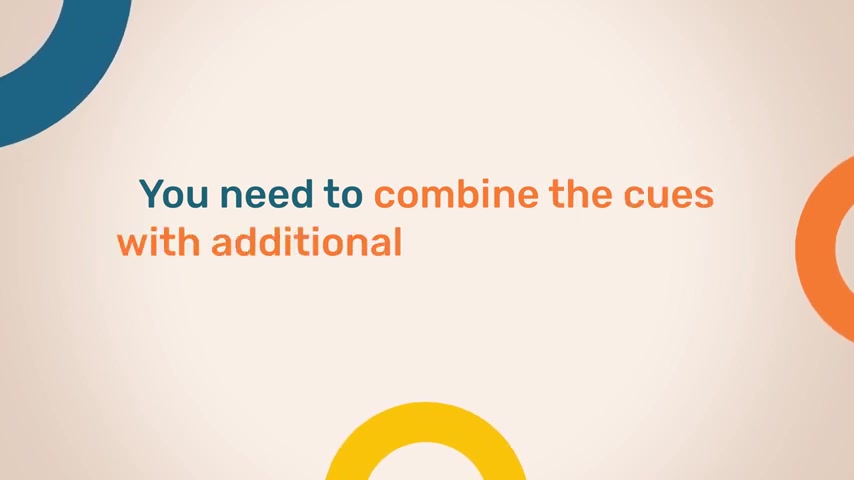
Looking at this newborn , you might think they're showing tired cues .
But what they're actually trying to tell us is something completely different .
Notice how the little one turns his head away from his sister who's smothering him with love and he's starting to kick and squirm and he's also becoming more vocal .
The reasons these look like early tired cues is because babies actually do all of these things when they are tired .
But what often gets overlooked is the context in which the cues are being displayed to understand what your baby needs based on cues .
You need to combine the cues with additional context for them to be reliable .
Otherwise , it's easy to assume your baby is telling you one thing when they're actually telling you something completely different .
So let's add some context to this video .
We just saw first .
The baby has only been awake for 20 minutes after taking a two hour nap .
They've also just had a feed and a diaper change 10 minutes ago .
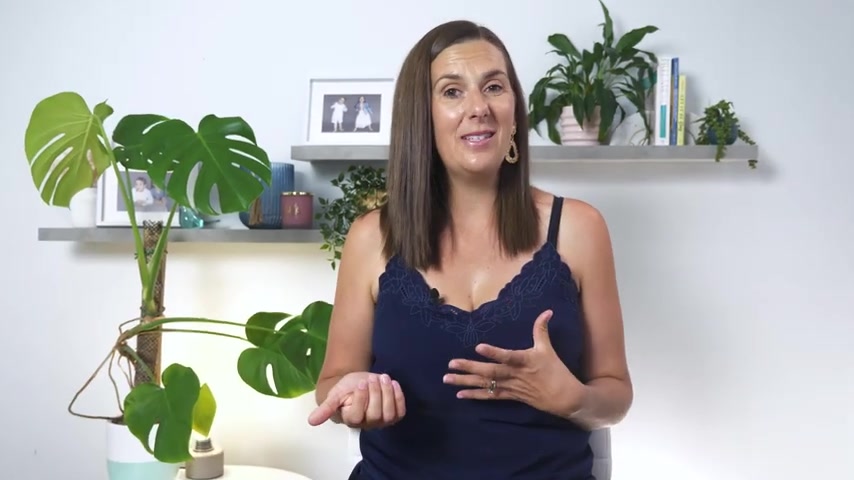
So when you consider both of these things , it's very unlikely that they're already tired again and they're probably not hungry at this point either .
Now that we know this , let's consider what else they could be trying to communicate based on the cues they're showing which are turning away squirming and becoming vocal .
As I mentioned , these can be sleep cues , but they can also be disengagement cues .
When we consider the context that he has actually just woken up from a nap , how to feed and a diaper change .
It becomes clear that what he's showing are subtle disengagement cues .
He's trying to communicate to his loving sister that he needs a break .
Now , if you miss these early disengagement cues , your little one will progress to more obvious disengagement cues which include arch in their back , kicking or squirming , crying or coughing .
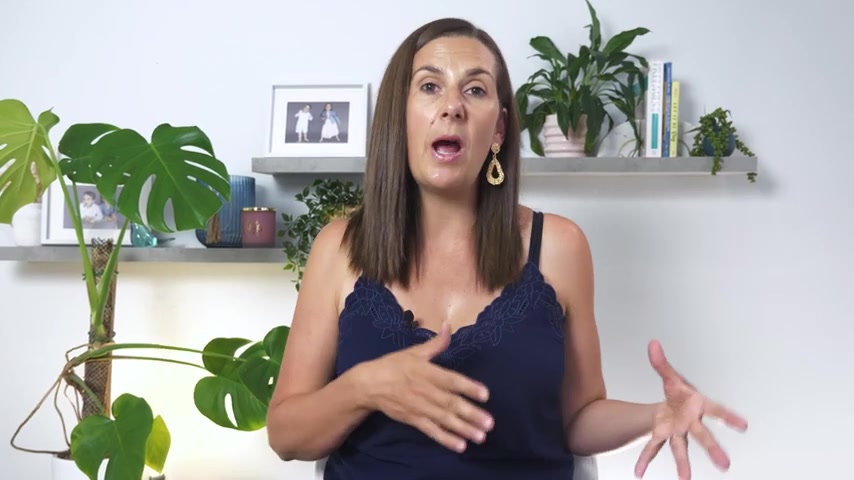
When they start showing you disengagement cues , your baby will either want one of two things they may want you or in this case , their sibling to stop interacting with them .
They're trying to communicate that it's a bit too much for them at the moment and they need some space , which is exactly what my daughter needed to do in this situation or instead of wanting to disengage completely , they may just need you to change up the activity .
They maybe trying to communicate that they are bored or need a different form of stimulation , which is exactly what this newborn was communicating when she was lying under the play gym , simply putting her onto her tummy and changing the scenery by facing her into the lounge room .
Instantly stopped the fussing So as you can see from this example of newborns will actually tell you exactly what they need .

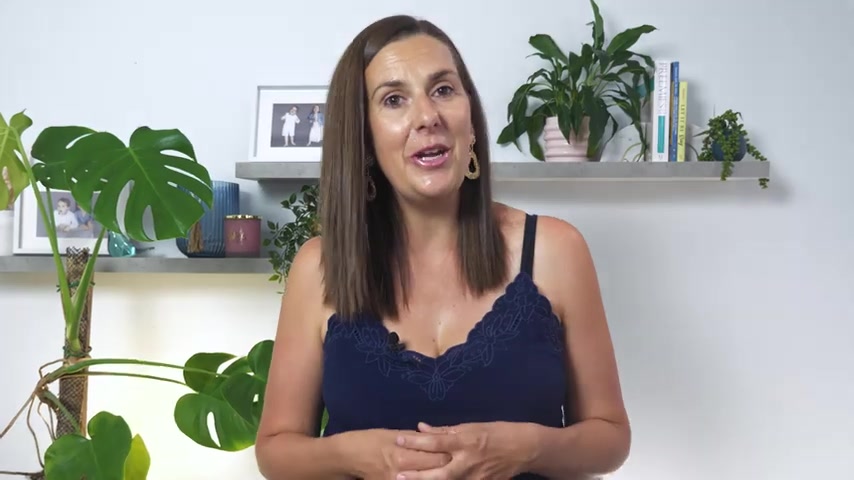
They do this using newborn cues and when you know what those cues are and how to combine them with the context in which they are occurring , you can understand exactly what your newborn needs from you .
That was just one example , I'm going to show you a few more ways to use your newborn's cues to understand what they need .
And this will make life with a newborn much easier .
Let's look at another example .
Now , in this video , you'll notice the newborn starts to become quiet , looks away and stares into the distance .
She is actually no longer interested in looking at me and her body has become completely still .
Also look at her blink , notice those blinks have become long and slow .
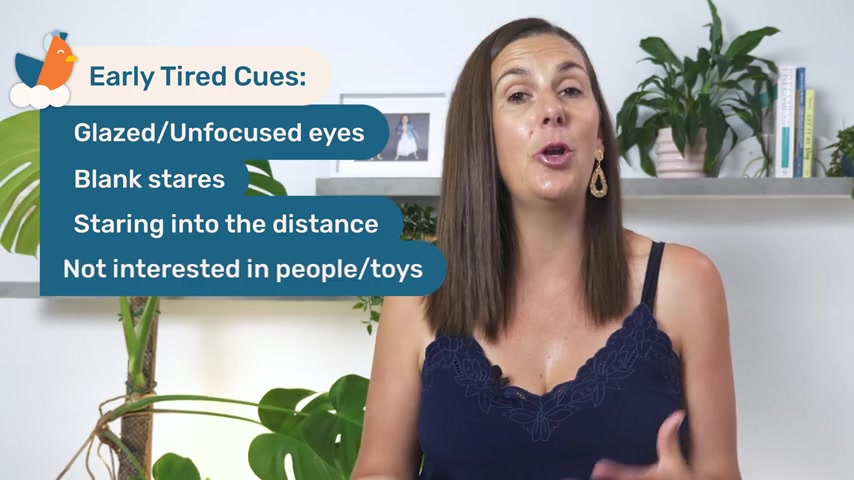
This newborn is actually displaying early tired cues which include glazed or unfocused eyes , blink stares or staring into the distance no longer interested in people or toys , their body becoming completely still and their blinks becoming long and slow .
Now , let's combine this with some context because as you know , that is also really important if we combine her body movements and facial expression with the fact that she was fed 30 minutes ago and has been awake .
Now for 40 minutes , it becomes apparent that she's telling us that she is tired , which means at this point , it would be a good idea to get this little one ready for bed .
Now , if you don't pick up on these early tired cues , don't worry , your newborn will soon progress to using late tired cues .
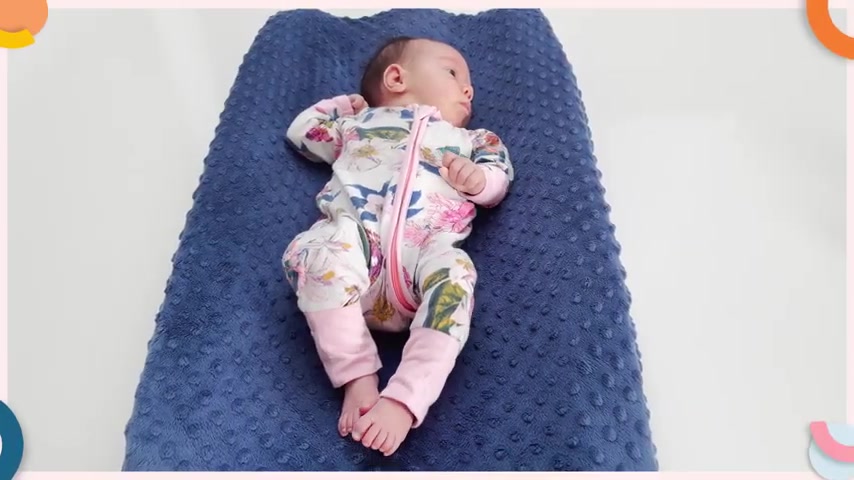
Like the ones shown in this video , you can see the baby who was previously still quiet and looking into the distance is now making jerky body movements and he's starting to yawn , frown as well as grizzle .
These are a progression from the early tired cues I mentioned earlier .
Other obvious tired cues also include rubbing their eyes and ears and sucking their fingers .
Then if you miss the early and late tired cues , your baby will start to use a very late tired cue of crying .
Now to make it easier to settle your little one , it's always best to respond to their early tired cues .
If you get to the stage where they're displaying their late or very late tired cues , you'll often need to calm them back down before helping them fall asleep and this makes the process much more difficult .
Now , let's look at the next video .

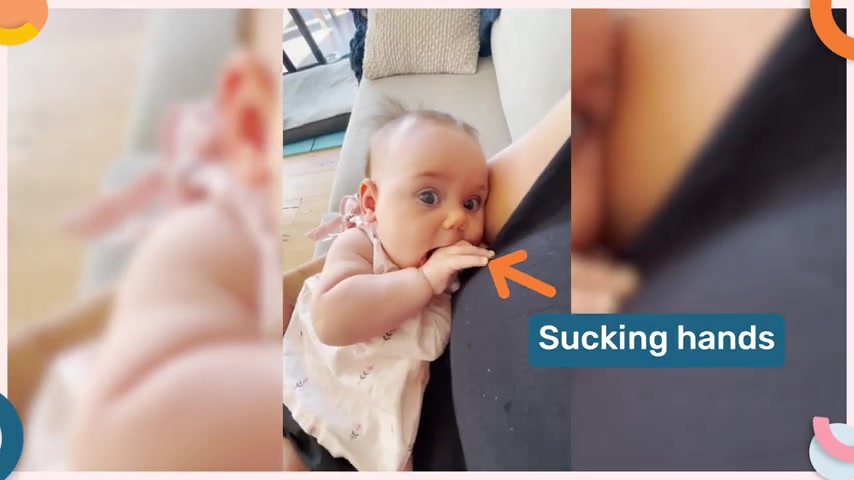
This video was actually taken after the little one had just woken up from a two hour nap and you can see that she's opening her mouth and turning her head towards the chest and she's starting to suck on her hands based on these signs and combine that with the context , which is that she was last fed over three hours ago .
And newborns generally feed every 2 to 4 hours .
It wouldn't be surprising to hear that she is hungry .
In fact , she's using early hunger cues .
Now , if , if you miss your newborn's early hunger cues , they'll soon progress to using late hunger cues which include crying , agitated body movements , turning red and fussing at the breast or starting to squirm when you see your newborn's hunger cues , ideally try to feed them before they start to cry .
Because once your little one starts crying , you may find that getting them to latch and feed is actually more challenging .
And there are a few reasons for this .
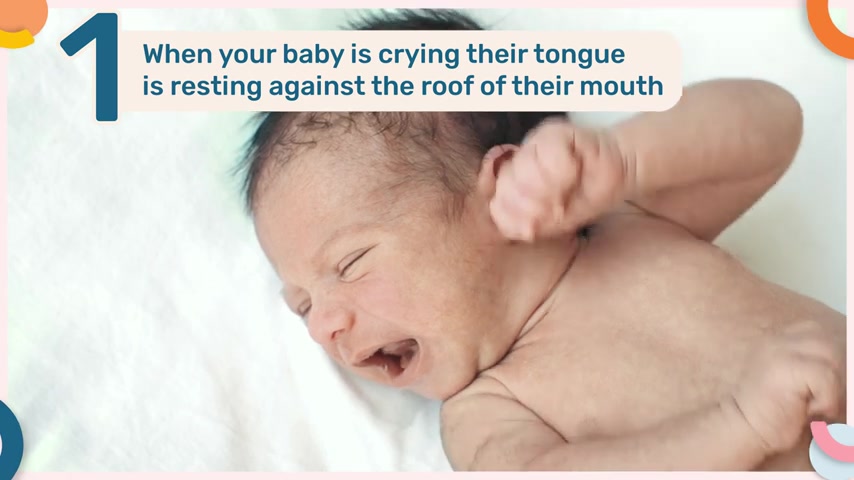
Firstly , when your baby is crying , their tongue is actually resting up against the roof of their mouth , which makes it really difficult for a nipple or a teat to enter their mouth and then for them to latch , then if you do miraculously manage to get them to latch , the sucking is likely to be disorganized and finally , they maybe exhausted from crying itself and therefore only end up drinking a small amount before falling asleep .
Therefore , to ensure your newborn has a good feed and minimize the stress for you .
Both try and feed your little one .
When they are showing their early hunger cues .
In this video , you're going to notice some very different cues to the ones we've seen in the other examples .
But before we take a look , if you'd like to know exactly what milestones to expect throughout your baby's first year of life and when to expect each of them , make sure you click on the link in the description box to get your free developmental milestone chart .
Looking at this next video , you can see the newborn is communicating something very different .
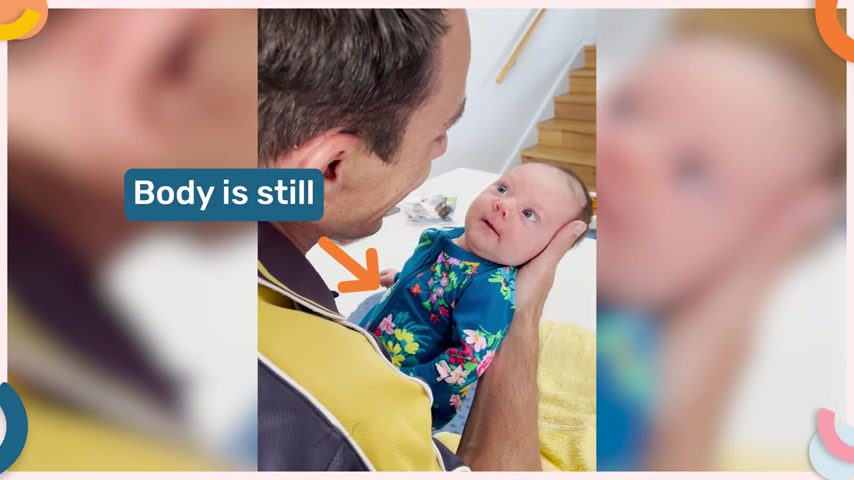
Notice how her eyes are wide and bright , she's looking directly at the adult and her body is still .
What do you think she's trying to say she's saying play with me now , don't worry , these are really subtle signs .
But as your newborn gets older , the cues they use to say play with me will become a lot more obvious .
They will also start to smile coo and giggle to gain your attention or to maintain your attention .
So what should you do when you see these cues ?
Well , you should play with them .
But how exactly should you play with a newborn to promote their development ?
Well , make sure you check out this video next to see stimulating activities that you can do with your newborn today to ensure you help promote the development of their fine motor growth , motor communication and social emotional development whilst promoting a strong attachment to you .
And if you've liked this video , make sure you subscribe and hit the bell .
So you don't miss the next one .

Are you looking for a way to reach a wider audience and get more views on your videos?
Our innovative video to text transcribing service can help you do just that.
We provide accurate transcriptions of your videos along with visual content that will help you attract new viewers and keep them engaged. Plus, our data analytics and ad campaign tools can help you monetize your content and maximize your revenue.
Let's partner up and take your video content to the next level!
Contact us today to learn more.